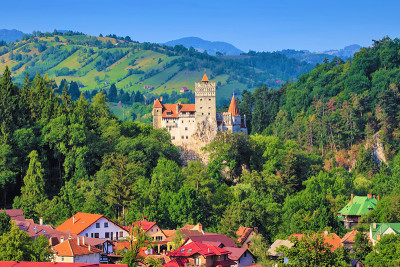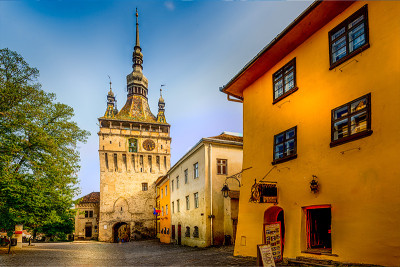Romania is undoubtedly a country of worship places, some of the most beautiful churches and monasteries, which are visited by numerous pilgrims and tourists each year.
From churches painted to wood, from fortified churches to UNESCO World Heritage sites, monuments of Gothic architecture to Byzantine or Brancovean style, hundreds of monasteries in our country are embraced in countless pages and images of spirituality Romanian.
We have some of the finest monasteries and churches around the world. We invite you to rediscover the things that make us proud that we are Romanians.
The Red Church In Arad
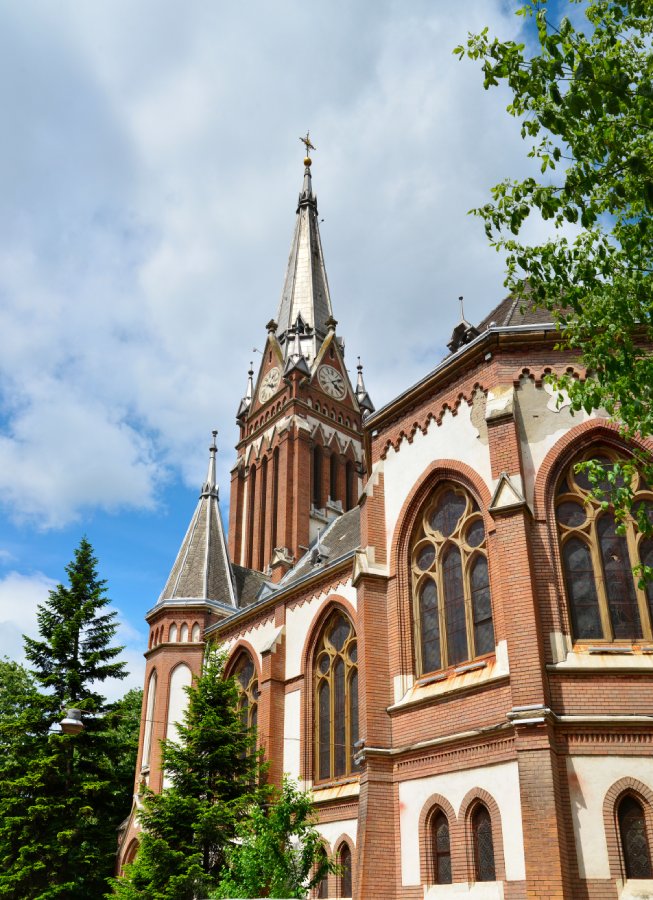
The Lutheran Evangelical Church in Romania emerged after the Great First World War (1914-1918), which are built by the Lutheran evangelical believers in the regions of Transylvania and Banat.
Arad, being a city center of this cult for some time, has such a Lutheran evangelical church. The Lutheran Evangelical Church has a foundation stone built in March 1905, and the construction of the church was completed in September 1906. The ceremony of the sanctification of the building took place in the presence of Bishop Samuel Sarany.
The edifice was built by the entrepreneur Jozsef Frick, according to the drawings of the architect of the country, Ludovic Szantay. The building is located in Luther Square, on the main city traffic axis.
The Catholic Church “St. Anton De Padova” In Arad
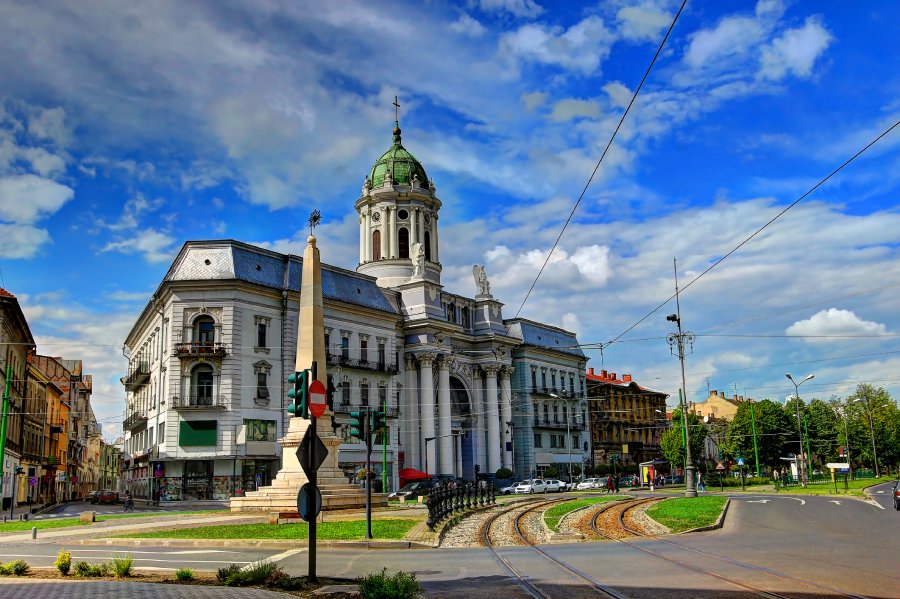
The Roman Catholic Cathedral building is part of the minority complex located in the center of Arad. The history of the building begins in 1902, when the works began after the old Baroque church was demolished.
The construction of the building was completed in 1904, but due to interior decoration work (mural painting, altar decoration, stained glass windows), the sanctification of the place of worship took place only in 1911.
The main façade of the Cathedral, from the boulevard, is flanked by the facade of the Minorite Palace, a building that now houses commercial units, dwellings, and offices, and basically encloses the building as a whole.
The Fortified Church At Biertan
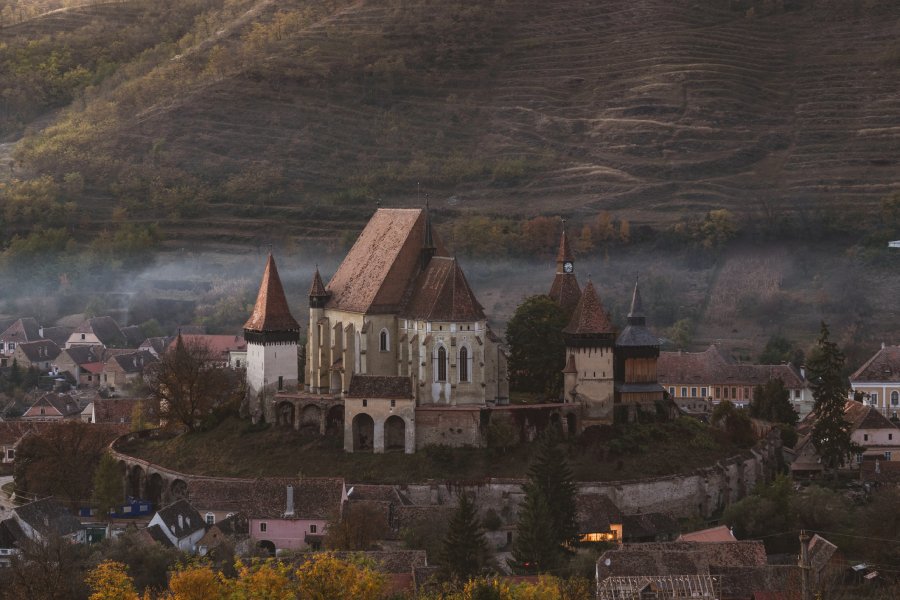
On a hill, in the center of Biertan, is one of the most imposing and well-fortified peasant fortresses in Transylvania. A true economic center of the area declared in the sixteenth century and the center of the Saxon Episcopate, the Biertan became a target coveted by many invaders.
It needed a more imposing church surrounded by strong defense walls. The church was built at the beginning of the 16th century as a late Gothic church. It has kept its appearance until nowadays, and the elements inside are invaluable values whose story goes centuries ago.
As you enter the church, your eye will be taken by the imposing altar with the 28 painted scenes, the 16th-century pulpit, the flats made in flat relief, the Anatolian carpets and the impressive door of the sacristy.
The Fortified Church Of Viscri
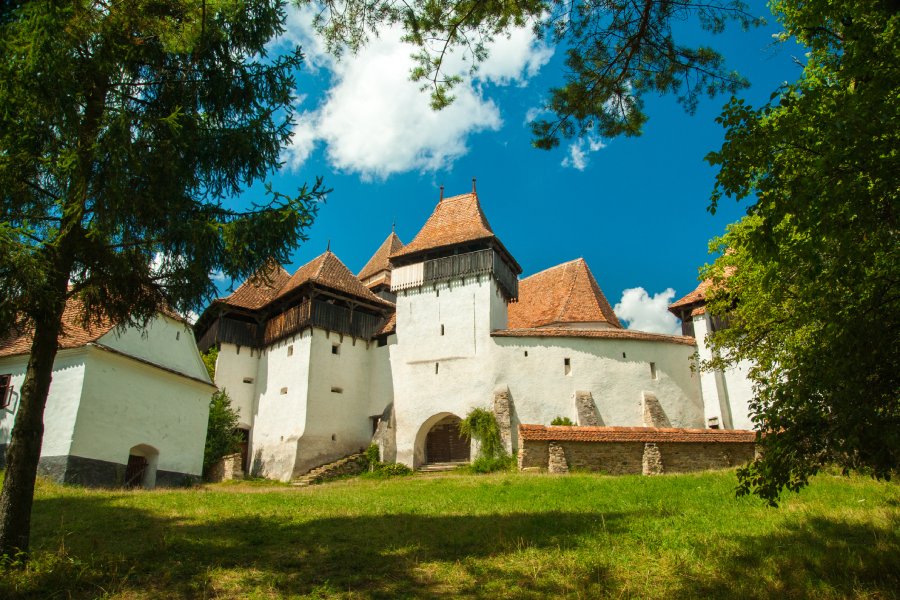
The church, the fortified walls, the entrance gate, the towers, and the bastions were consolidated over the years in the 16th century, between 1970-1971, and after 1990 it was included in the UNESCO heritage list.
The church is surrounded by thick walls, on the left and right of the entrance gate are the bastions, and on the back the two towers, all of which have a defense role in the time of the sieges.
There are still jobs in the church, and those who want an overview of the church and surrounding places can climb the stone staircase to the church tower.
On the ground floor of one of the bastions, there is a small museum with traditional objects, port objects specific to the inhabitants of these lands.
The Black Church In Brasov
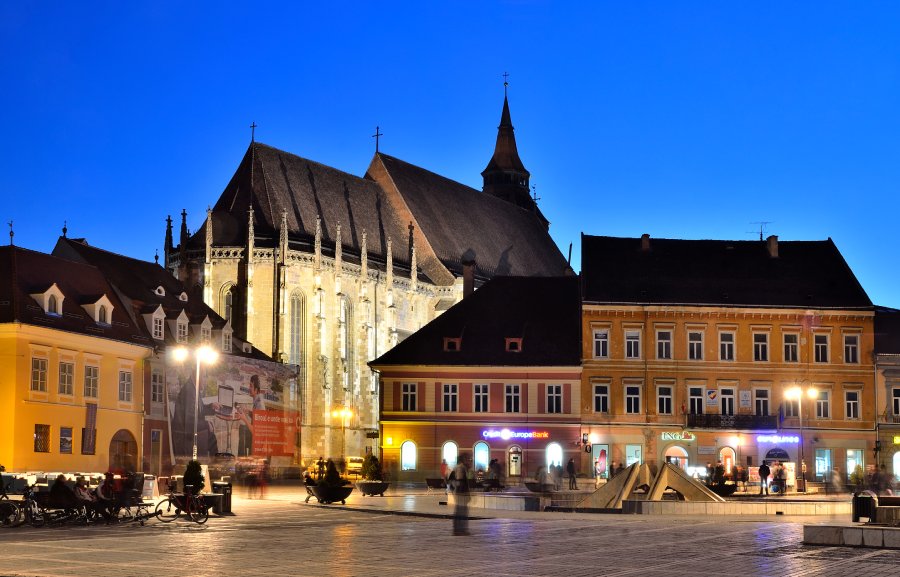
The Black Church, one of the symbols of Brasov, is the parochial church of the Evangelical Church. from Romania. The present name was received after, in 1689, the fire that swept across the city transformed it into a ruin. Initially, she had been the patron saint of St. Mary.
After the Reformation it was known as the “Great Church,” but the popular post-fire name “The Black Church” was officially accepted in the nineteenth century.
The Black Church is the largest sacral structure in Romania, the largest church-hall at the East of Vienna and one of the largest medieval worship centers from St. Stephen’s Cathedral in Vienna to Hagia Sophia in Constantinople.
The Buchholz organ, built during the early Romantic era, is the largest mechanical organ in Romania. Its sound attracts every year organists both from the country and from abroad, who want to concert here. At the time of its construction, it was one of the biggest organs in Europe.
The Wooden Churches In Maramures
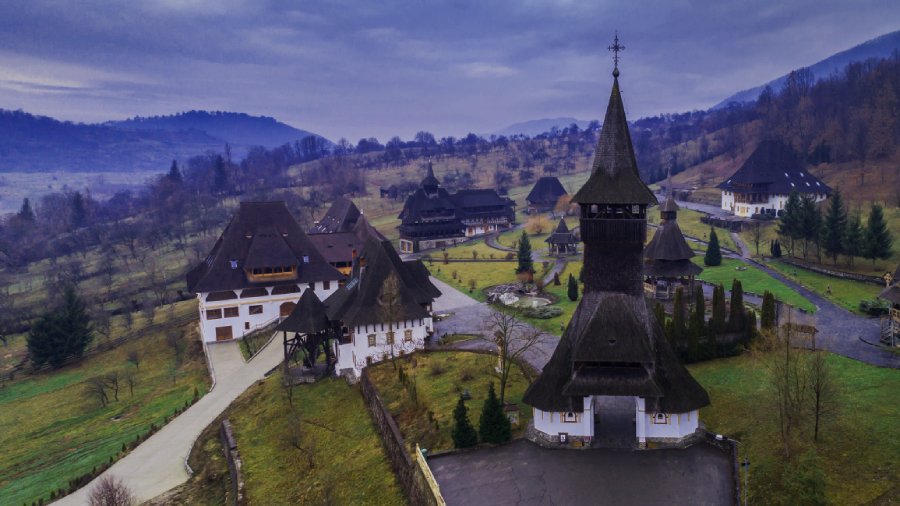
The monasteries of Maramures are some of the most important historical, architectural and ecclesiastical monuments throughout the country.
Their value in terms of cultural heritage and the craftsmanship with which each edifice in the part was worked in wood testify to the rich heritage in this area.
In Maramures, there are over 100 wooden churches, the most beautiful of which have been included in the UNESCO World Heritage Site and on the itineraries of most tourists entering this picturesque area.
The Holy Trinity Church In Sibiu
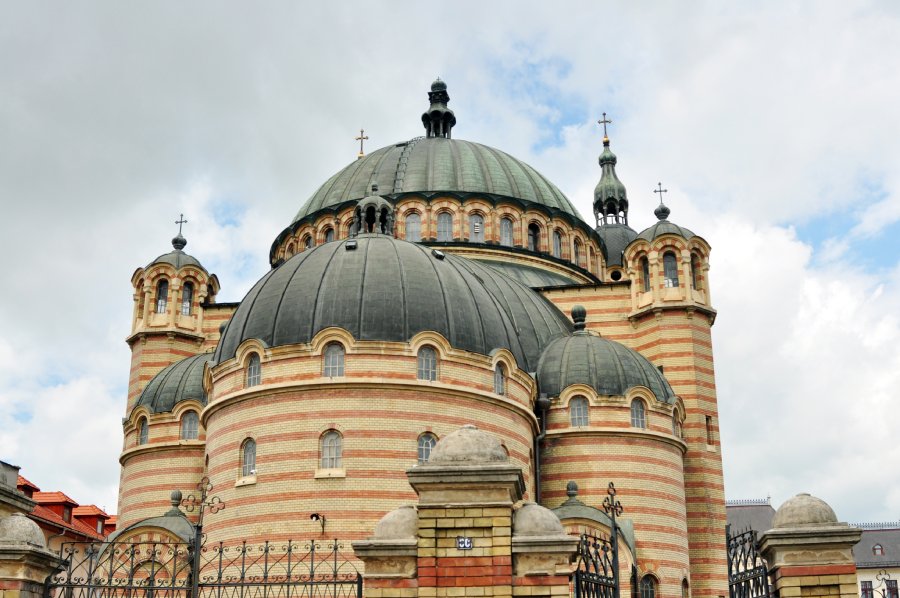
The idea of raising an Orthodox cathedral in the city of residence of the Metropolitan Church of Sibiu first belonged to the great Metropolitan Andrei Saguna, who through a circular sent to the eparchy around Christmas 1857 after the autumn of the same year obtained the approval of the Emperor Franz Joseph I, urged priests and believers to help lift the cathedral.
The first donor was Emperor Franz Joseph I himself, who donated 1000 yellow coins, followed by the Governor of Transylvania with 50 yellow guns, Metropolitan Andrei with 2000 florins and many others.
The works began only in 1902 and continued until 1904, when the church was laid under the roof, coordinated by the architect in Sibiu, then, Joseph Schussnig.
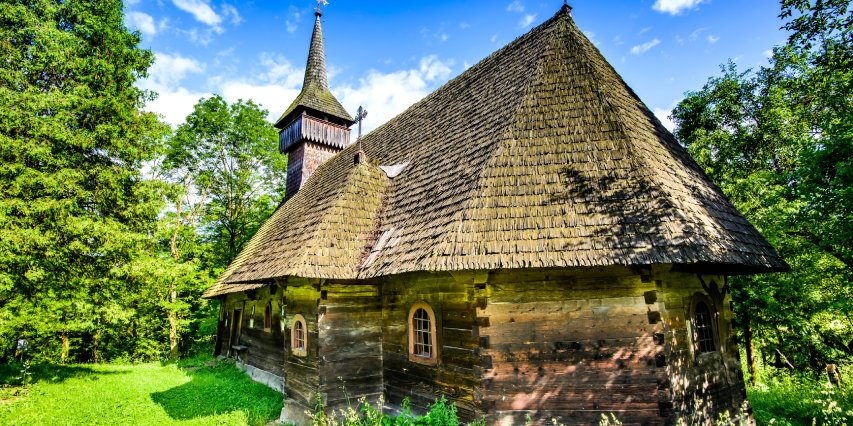
 ES
ES
 IT
IT
 DE
DE
 FR
FR
